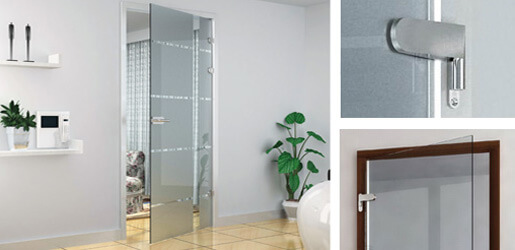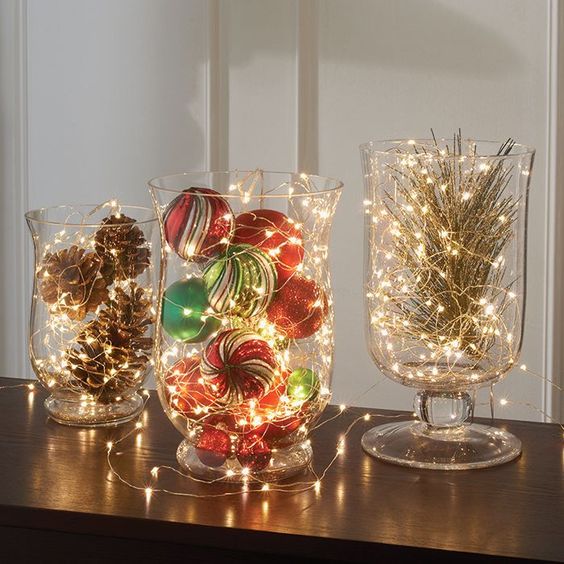Glass shower door hinges connect the shower door to the shower frame or wall, allowing the door to open and close.
Choosing the correct type of glass shower door hinges is important to ensure the safety and functionality of the shower enclosure and achieve the desired style and appearance.
Factors such as the size and weight of the door, the type of glass used, and the configuration of the shower enclosure should all be considered when selecting the appropriate hinges.
- Wall-to-Glass Hinges:
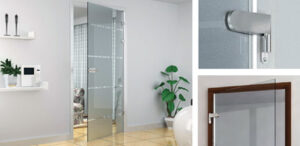
Wall-to-glass hinges, also known as glass-to-wall hinges, connect a glass shower door to the wall of the shower enclosure.
The hinge is designed to be mounted on the wall, with one side of the hinge attached to the wall and the other side attached to the glass door.
Here are the general steps for using wall-to-glass hinges:
- Mark the spots on the door and glass to install hinges. Use a level to ensure that the hinge will be installed straight.
- Use a drill bit appropriate for the wall material and the glass. Drill holes in the wall and glass.
- Install the hinge on the wall using screws and anchors as needed.
- Install the other side of the hinge onto the glass door using screws and a mounting plate. Make sure the hinge is securely attached to the wall and door.
- Test the door to make sure it opens and closes smoothly and securely.
- Offset Wall to Glass Hinges:
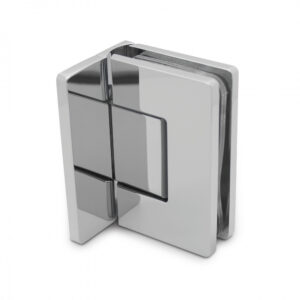
Offset wall-to-glass hinges are used to attach a glass panel to a wall or a stationary glass panel. They are called “offset” because the hinge pivots are not directly in line with the glass panel’s edge but are positioned off to the side, typically at a 90-degree angle.
They are also used in other applications where a glass panel must be securely attached to a wall or another glass panel, such as in display cases or partitions.
Offset wall-to-glass hinges typically consist of two parts: a mounting bracket attaches to the wall or glass panel, and a hinge assembly attaches to the edge of the glass panel.
The hinge assembly is designed to pivot on the mounting bracket, allowing the glass panel to swing open and closed.
- Glass-to-Glass Hinges:
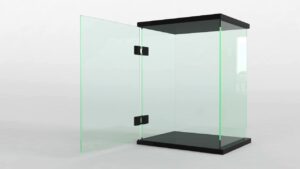
Glass-to-glass hinges connect two pieces of glass at a pivot point, allowing the glass to rotate at 180°. They are commonly used to construct shower enclosures, display cases, and glass doors.
These hinges are typically made of high-quality materials such as stainless steel or brass and are designed to be durable and long-lasting.
The choice of hinge depends on the specific application and the weight and thickness of the glass door, glass shower screen and glass panels.
Installation guide:
- Measure and mark the locations where the hinges will be installed on the glass panels.
- Drill holes in the glass panels at the marked locations using a glass drill bit.
- Insert the hinge pins into the holes in one of the glass panels.
- Place the other glass panel over the hinge pins and slide the pins through the holes in the second panel.
- Adjust the position of the panels and hinges as needed to ensure a proper fit.
- Tighten the screws on the hinges to secure the panels in place. Be sure not to over-tighten the screws, which can crack or damage the glass.
- Test the movement of the hinge to make sure the panels open and close smoothly and without binding.
- 90 degree Glass to Glass Hinges:
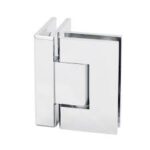
As the name suggests, these hinges allow two glass panels to be connected at a 90-degree angle, creating a door that can be opened and closed. They are often used in shower enclosures, display cases, and partitions.
The 90-degree glass-to-glass hinges work by attaching to the edge of each glass panel and then pivoting on a pin that connects the two hinges.
This allows the door to swing open and closed, and the hinge angle ensures that the door will stay securely in place when closed.
- Continuous Hinges
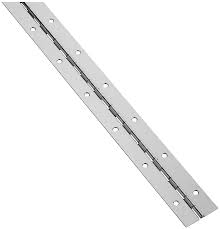
Continuous hinges, also known as piano hinges or continuous geared hinges, are long and narrow hinges that run the entire length of a door or panel.
They are designed to distribute the weight of the door or panel evenly along the entire length of the hinge, providing greater stability and support than traditional hinges.
Continuous hinges are typically made from metal, such as stainless steel or aluminum. They feature a series of interlocking teeth or knuckles that provide smooth and even movement when opening and closing the door or panel.
They can be installed on various materials, including wood, metal, and glass.
Continuous hinges are commonly used in applications where durability, strength, and reliability are essential, such as on heavy doors, industrial equipment, and electrical enclosures.
They are also used on security doors, gates, and access panels in commercial and residential applications. In addition, continuous hinges are often used on piano lids, hence their alternate name, “piano hinges.”
Conclusion:
The type of hinge you choose should depend on your personal preferences, the weight and size of the glass door, the layout and design of your bathroom, and your budget.
It is recommended to consult with a professional or experienced installer to ensure that the selected hinge type is compatible with your glass shower door and is installed correctly.
By taking the time to research and select the best hinge type for your glass shower door, you can ensure a safe, functional, and visually appealing addition to your bathroom.
